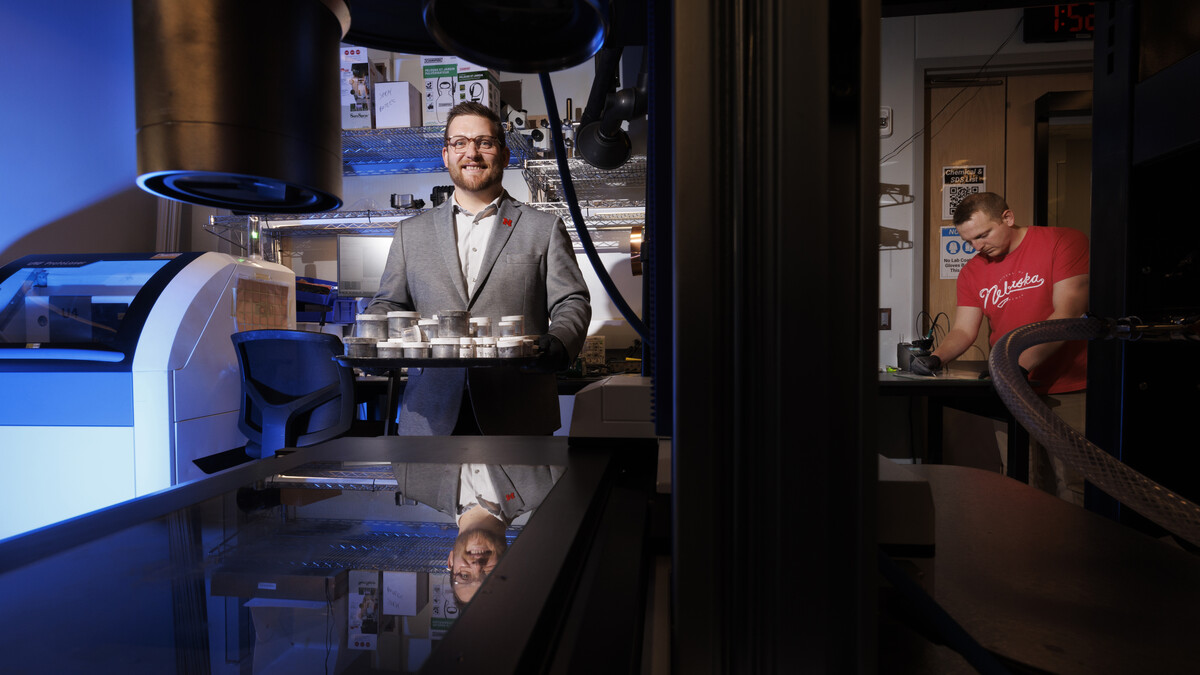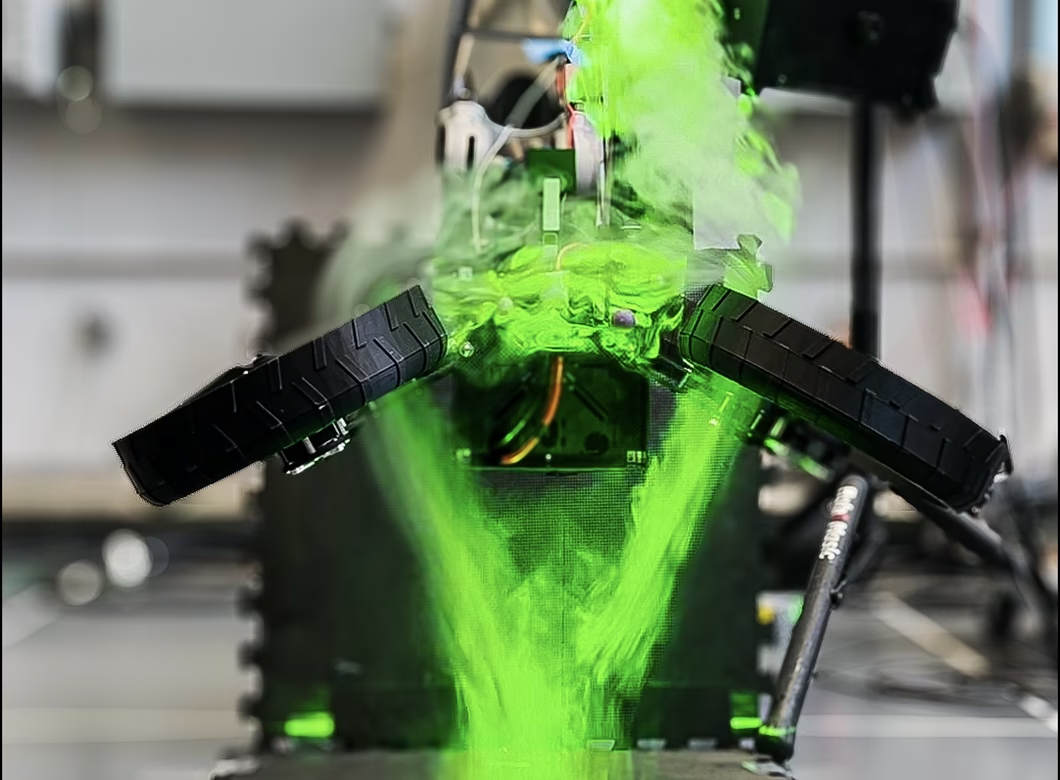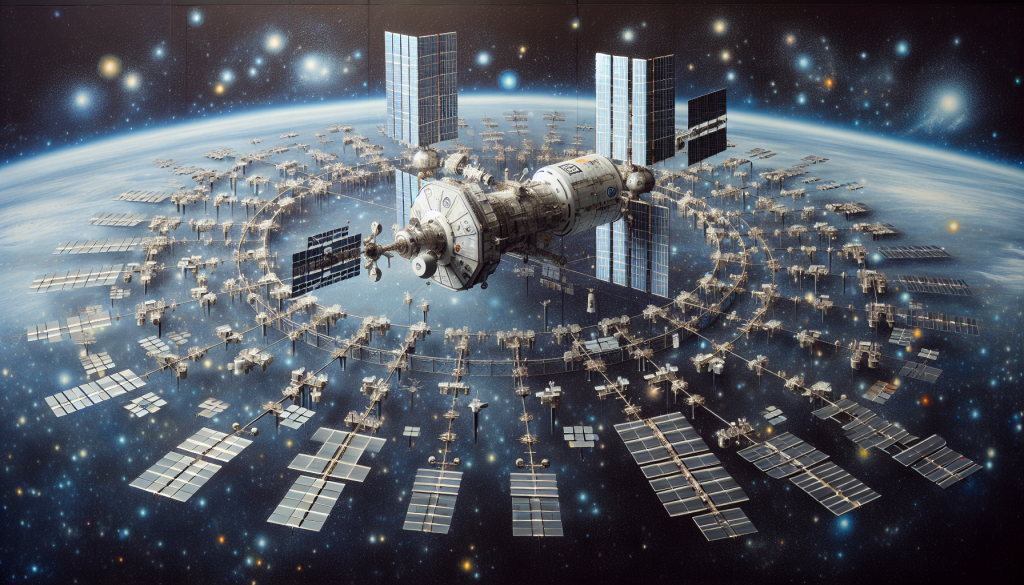
The Future of Robotics: Affordable Humanoids, Self-Healing Skins, and Space Defense
The Future of Robotics is advancing at an unprecedented pace, with breakthroughs that promise to reshape industries and everyday life. From affordable humanoid robots to self-healing artificial skin and space defense systems, the latest developments highlight a future where robotics is more accessible, resilient, and strategically integrated into global infrastructure.
1. Hugging Face’s Affordable Humanoids: HopeJR & Reachy Mini
Breaking Barriers in Robotics
Hugging Face, a leader in open-source AI, has unveiled two groundbreaking humanoid robots: HopeJR and Reachy Mini. These robots aim to democratize robotics by offering advanced capabilities at a fraction of the cost of competitors like Tesla’s Optimus Gen 2 and Unitree’s G1.
Key Features
- HopeJR: A full-sized humanoid with 66 actuated degrees of freedom, capable of walking, manipulating objects, and performing intricate gestures—all for just $3,000.
- Reachy Mini: A desktop-friendly AI companion priced between $250–$300, featuring head movement, microphones, and speakers.
- Open-source design: Hardware schematics, software, and build instructions are freely available, allowing for easy repairs, upgrades, and experimentation.
The Nut
Hugging Face’s move into robotics aligns with its commitment to open-source innovation. By making humanoid robots more affordable and accessible, the company is fostering a collaborative robotics community that could accelerate AI-driven automation across industries.

2. Self-Healing Robot Skin: A Leap Toward Resilient Robotics
Inspired by Nature
Researchers at the University of Nebraska–Lincoln have developed a self-healing robotic skin that mimics human tissue, capable of detecting and repairing damage autonomously.
How It Works
- Multi-layered structure: Includes sensing, structural support, and healing layers.
- Embedded sensors: Detect pressure, strain, and small tears in real time.
- Hydrogels & bioinspired polymers: Enable self-repair through dynamic covalent bonds and supramolecular interactions.
Potential Applications
- Healthcare wearables: Adaptive prosthetics that self-repair.
- Agricultural robotics: Machines that withstand environmental damage.
- Space exploration: Resilient robotic systems for harsh extraterrestrial environments.
The Nuts
This breakthrough could significantly extend the lifespan of robots, reducing maintenance costs and making autonomous systems more reliable in unpredictable conditions.

3. ATMO: The Transformer Bot That Flies and Drives
Aerial Mobility Meets Ground Navigation
Caltech engineers have introduced ATMO (Aerially Transforming Morphobot), a dual-mode robot that can fly like a drone and morph in midair to land on wheels and drive away.
Key Features
- Four thrusters: Provide aerial mobility.
- Shrouded wheels: Enable smooth ground movement.
- Single motor transformation: Allows seamless switching between flight and drive modes.
Potential Applications
- Search-and-rescue missions: Quickly adapting to different terrains.
- Military operations: Agile deployment in complex environments.
- Environmental monitoring: Efficient navigation across diverse landscapes.
The Nut
ATMO’s ability to transform midair enhances robotic agility, making it a valuable asset for industries requiring both aerial and ground mobility.

4. China’s Robotic Thrusters: Defending the Tiangong Space Station
A New Approach to Space Security
China is developing robotic thrusters designed to intercept and push away unidentified spacecraft approaching its Tiangong space station.
How It Works
- Autonomous interception: Small robotic thrusters latch onto objects and maneuver them away.
- AI-driven navigation: Identifies and tracks potential threats.
- Non-destructive defense: Unlike kinetic anti-satellite measures, this system preserves orbital integrity.
The Nuts
With increasing concerns over space debris and satellite congestion, China’s robotic thrusters could set a precedent for non-destructive orbital defense and active debris removal.

5. The Rise of Affordable Humanoids: Unitree’s Sub-$10K Robot
A Competitive Market
Chinese robotics giant Unitree has teased a sub-$10K humanoid, signaling a shift toward cost-effective AI-powered robotics.
Key Features
- 26 degrees of freedom: Enhanced articulation for dynamic movement.
- Affordable pricing: Aimed at mainstream adoption.
- Potential applications: Research, automation, and personal assistance.
The Nuts
As robotics companies lower costs, humanoid robots could soon become commonplace in homes and workplaces, revolutionizing industries from customer service to healthcare.

6. MetaCats: Robotic Therapy Pets in South Wales
AI Companions for Emotional Well-being
Libraries in South Wales have introduced MetaCats, lifelike robotic cats designed to reduce stress and loneliness.
Key Features
- Artificial heartbeat: Mimics real pets.
- LED eyes: Provide expressive interactions.
- Responsive behavior: Purrs, meows, and reacts to touch.
Final Nuts
MetaCats highlight the growing role of robotic companions in mental health support, offering comfort to children, seniors, and individuals with disabilities.
Conclusion: A New Era of Robotics
From affordable humanoids to self-healing skins and space defense systems, robotics is evolving rapidly. These innovations promise to make robots more accessible, resilient, and strategically integrated into everyday life.
As AI and robotics continue to advance, the question remains: How will society adapt to a world where robots are not just tools, but companions, protectors, and collaborators?
Comment below, Let’s discuss—what excites you most about these developments? 🚀🤖
any questions feel free to contact us or comment below
Sources:
- Sources:
- 1. Hugging Face unveils HopeJR & Reachy Mini Source: Hugging Face/X
- 2. University of Nebraska–Lincoln develops self-healing robot skin Source: University of Nebraska–Lincoln
- 3. Caltech engineers introduce ATMO, the flying and driving morphobot Source: Caltech
- 4. China builds robotic thrusters to protect its space station Source: China Space Program
- 5. Unitree teases a sub-$10K humanoid robot Source: Unitree Robotics
- 6. Libraries in South Wales launch MetaCats for stress relief Source: South Wales Libraries
- 7. Tesla begins autonomous robotaxi service in Austin Source: Tesla
- 8. Robotics company Dexterity partners with Sanmina Corp. to scale superhumanoid arms Source: Dexterity Robotics
- 9. The world’s tallest 3D-printed building unveiled in Switzerland Source: Mulegns, Switzerland
“Just a Squirrel Who Loves Art & AI Tech” – Chip Dee
- The $6B Fusion Pivot: The Trump Media–TAE Merger (and the Internet Rumors It Accidentally Ignited)
- DOE’s Genesis Mission: The Federal AI Grid Behind the Collaboration Hype
- Stanford’s AI Experts Predict 2026: From Evangelism to Evaluation
- “Trump’s U.S. Tech Force-Innovation or Bureaucracy in Disguise?”
- Drone Swarms, AI, and the March Toward Automated Control: A Warning for Humanity



Leave a Reply